Beginners’ Guide
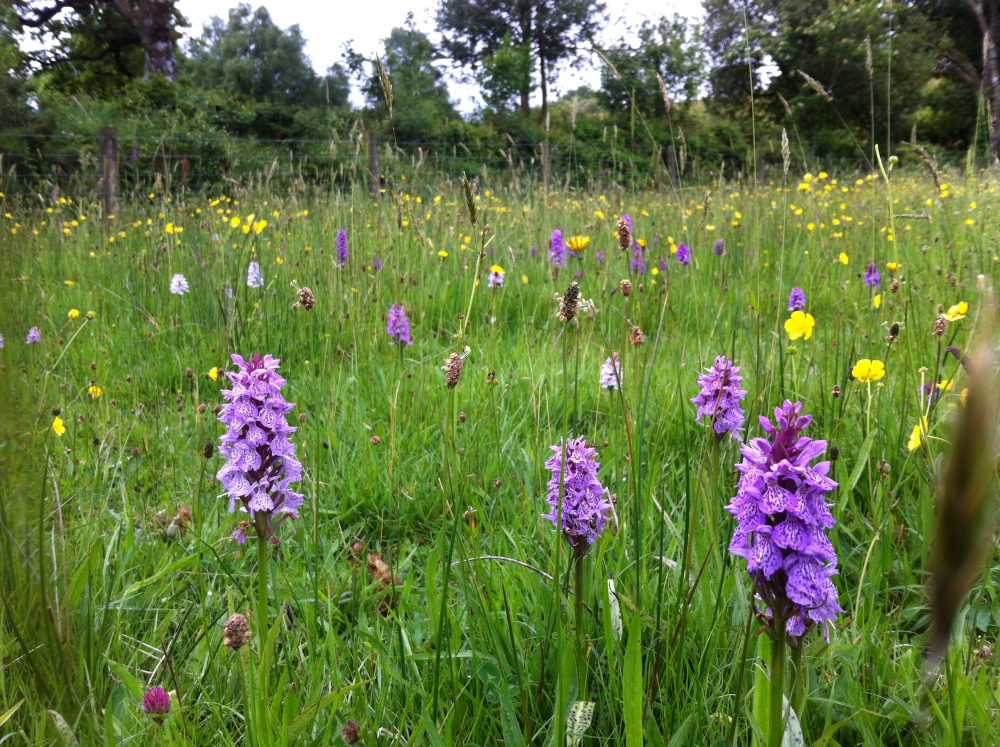
Answers to the most frequently asked questions from people starting out. The answers are not definitive but give an overview for complete beginners.
What is the difference between a perennial and an annual meadow?
It is really important to understand the difference between a perennial meadow and an annual meadow, as they are managed in very different ways. Truly wild meadows are always perennial, meaning it comes back year after year without the need to resow or disturb the soil. In a perennial meadow a mix of native meadow grasses are also present, anywhere between 90% to 50% of the overall mix of plants. In a perennial meadow, after the plants have finished flowering, you will still have a covering of green. With an annual meadow it’s a completely different thing. Annual plants seed, flower and die in the same year; think scarlet poppies, magenta corn cockles, golden corn marigold and blue corn flower. These species are wild flowers of corn fields and they require bare soil and yearly disturbance of the soil, equivalent to ploughing, to enable their seeds to germinate, grow and flower the next year. Once they have flowered they die back and bare soil will be revealed.
Why does a wildflower meadow need cutting at all? Can’t it just be left?
If you do not remove the vegetation from a perennial meadow at least once a year, new grass will grow through the old and it will, within two or three years, get tussocky and matted and wildflowers will not be able to thrive in the thicket of grass. Most land generally wants to revert to woodland. Without any intervention it soon starts to become bramble, scrub and trees.
What options are there for cutting and removing the grass and when is the best time?
There are various ways of removing fully grown grass. At field scale, it is by cutting and baling (for hay, or silage), and/or by grazing with livestock. If you don’t have your own machinery or livestock, find out who locally does. A farmer may love to cut your meadow in exchange for the hay or silage crop, or would appreciate the grazing, at the right time for you. If your site is too steep to cut, too wet, or inaccessible to machinery, then grazing with livestock (sheep, ponies or cows generally) is often the only option. If you have a garden meadow, you could scythe it, cut it with shears, or strim it (with a blade attachment) in stages, leaving it for a couple of days to dry off, then rake it off.
Is it important when you cut and/or graze?
Yes. The meadow needs to be allowed to grow up into long grass and the wildflowers to flower. This means closing the gate to the meadow to livestock and machinery from generally March through to at least July. When it is cut varies a great deal and depends on the weather conditions and whether you are leaving the wildflowers to set seed that year (in which case it could be cut as late as the end of August). When you cut does have an effect on the plant species; cutting in early June means annual meadow plants like yellow rattle will be removed before they have had a chance to set seed. Repeated late cuts in August will favour later flowering species, like common knapweed, which can become dominant. It is therefore beneficial to vary the cutting times year on year. However wait until yellow rattle has set seed if you want to retain it.
If you are managing your meadow in particular for its wildlife – long grass and an abundance of flowers are a fantastic wildlife habitat – then the later the cut the better, benefitting butterflies and other insects like grasshoppers, crickets and beetles. This is not always feasible if you are using a contractor to cut a meadow as a hay or silage crop. They will often want to cut your grass in early summer when it is more nutritionally valuable to livestock.
If I cut my meadow won’t I harm the wildlife that’s been attracted to it?
Bees, butterflies, moths, grasshoppers and a whole host of insects are attracted to live in meadows. Many insects overwinter in long grass vegetation and need it as a refuge, so what to do?
In a garden setting, you can mitigate the loss of wildlife habitat by creating mosaics and leaving areas uncut over winter. If you can, don’t mow all at once and everything. Start cutting in blocks, around the end of August, or earlier if the meadow is very grassy, starting with the grassiest patches. Avoid scalping the ground when cutting; try and leave at least two or three inches cover of grass. This is because insect larvae and eggs will be at the base of the grass and need it as cover. If you can leave a third of vegetation uncut and standing overwinter that would be the gold standard: you are providing a winter refuge for lots of insects. Which third of vegetation to leave? A warm sunny spot will be most beneficial as insects like warmth, just like us. In the garden this area can be cut back and removed at the end of March, before the grasses and wildflowers start their regrowth in earnest.
At field scale, creating mosaics is more difficult if you are using a contractor to cut your meadow in one go. However you could leave a substantial patch uncut/ungrazed over winter, which might be most practical at one end of the field. This area will be cut/grazed the following year and you can rotate the uncut/ungrazed area to avoid the grasses becoming tussocky.
Does the grass necessarily need to be removed once it is cut?
If the cut vegetation is not removed it will lay in a thick heap and start to compost. If it’s very thickly laid down it will kill off the plants underneath it and it will add to the nutrient level of the soil, which will only encourage even more grass and less wildflowers! If it is cut by a tractor it needs to be baled as well. If it is cut with a scythe, allen scythe or strimmed, this needs to be raked off. Leave it for two or three days if you can and it’ll dry off and be much lighter work to rake up. You can create a compost heap with it, or you could, if you wanted to, make your own hay and bale it into mini bales.
How do I increase the quantity of wildflowers in my meadow?
Unless your land has been intensively managed with artificial fertiliser, that is with chemical rather than livestock dung, or has been ploughed and reseeded in recent history, you may find that you already have a wildflower meadow but it is not showing yet. With a change in the timing of cutting and/or grazing, plants can suddenly appear from your meadow soil seed bank. The seed of many species live for years and will grow if given the right conditions. If you are keen to get started you can introduce seed onto any bare patches in the autumn – molehills are especially good.
Where should I get seed from? Does it need to be locally sourced?
Many meadow owners in the group offer free seed from their meadow to those who want smaller quantities for seeding any bare patches. Also seed from species rich meadows, in the form of green or dried hay bales, is often available and announced on the meadows email exchange. It’s best to use seed sourced locally as often it’s more economic to do so, it’s viable and it’ll suit the local conditions. What’s more, it’ll help preserve the identity and character of the local flora. Seed collected from one site needs to go to a site with similar characteristics i.e. seeds collected from a boggy damp meadow needs to go to a site with similar soil conditions.
Can I just scatter seed over the existing grass?
Seeds need to make contact with bare soil in order to germinate. On a small scale, you can simply scatter seed onto any mole hills or bare patches of ground poached by livestock or machinery. On a larger scale, you will need to create at least 50% bare soil, either by rotavating or harrowing. Generally, it will take about two years before you start to see different perennial plants appearing but you will see yellow rattle in the first year.
I’ve heard yellow rattle is the plant I need to encourage more flowers in a meadow. What does it do?
Yellow rattle is an annual native wild flower which is partially parasitic on grasses and therefore reduces the grasses vigour (it does not kill the grass) allowing other wildlflowers to establish. To see its effect in a meadow, see this 3 minutes long video by Plantlife:
Should I find out what I’ve got growing in my meadow already before doing anything radical?
The short answer is yes. The type of grass you have growing in your meadow will determine whether you can have a diverse range of flowers – or not. Certain grasses like perennial rye grass and cocksfoot are aggressive plants and if your field has them as the dominant grass species then the wildflowers will be unable to co-exist with them, even if you introduced yellow rattle. If you want help with finding out what plant species you’ve got already then consider an assessment survey. Moor Meadows can offer a free base line survey of the key species if you live on Dartmoor, or in the vicinity. If you are interested in this, contact Donna via our contact page, a meadow maker from Buckfastleigh, for more information.
If you would like an ecological survey and a management plan, then the following people and organisations can help:
Ecological surveys
Devon Wildlife Consultants provides a wide range of ecological services. A professional ecologist will visit the site and provide you with a botanical survey and a management plan. The cost is flexible depending on the level of advice required, but expect £30 per hour or £225 per day for non-development work. DWC gift aids its profits to support the Wildlife Trust’s charitable work. It works with a wide range of clients including community groups and private individuals. For further information contact Li-Li Williams: Phone 01392 455930 or email lwilliams@devonwildlifetrust.org
Meadow restoration and creation consultant, Sue Everett, is an ecologist specialising in wildlife habitat restoration, especially restoring and creating wildflower grasslands at the large and small scales, conservation site management and farm environment planning. Contact Sue at meadowmaker@gmail.com or phone 07779 204015.
Wildlife surveys
John Walters is a Dartmoor based naturalist. You may have seen him on Springwatch or Hugh’s Wild West or many other nature programmes. John can carry out an ecological survey for you, looking for butterflies, moths, crickets, beetles and flies. He will follow up with a list of what he’s found so you have a snapshot record of the life in your meadow. Charges: £150. To book John for a summer survey (May-June), email studio@johnwalters.co.uk
Local contacts who can help you manage your meadow and its boundaries
We are building a list of local contacts. See the list here.
More Meadow Creation and Management help and information
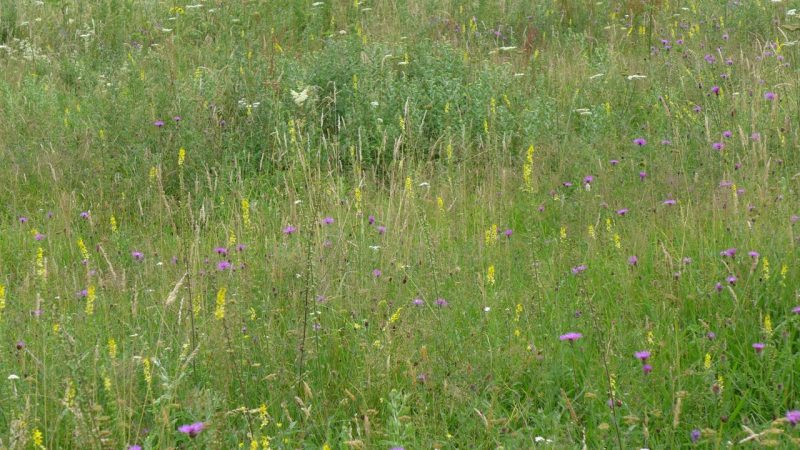
How to Create a New Meadow
You’ve a rye grass pasture and you’d like more wildflowers? Or you’re interested in creating species rich grassland on ex arable land?
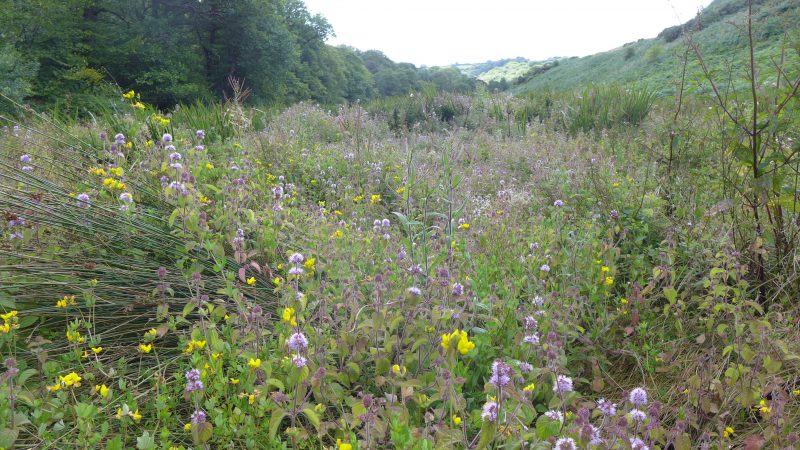
How to Restore a Meadow
Meadow expert Sue Everett tells you how to restore a pasture back to a species-rich meadow
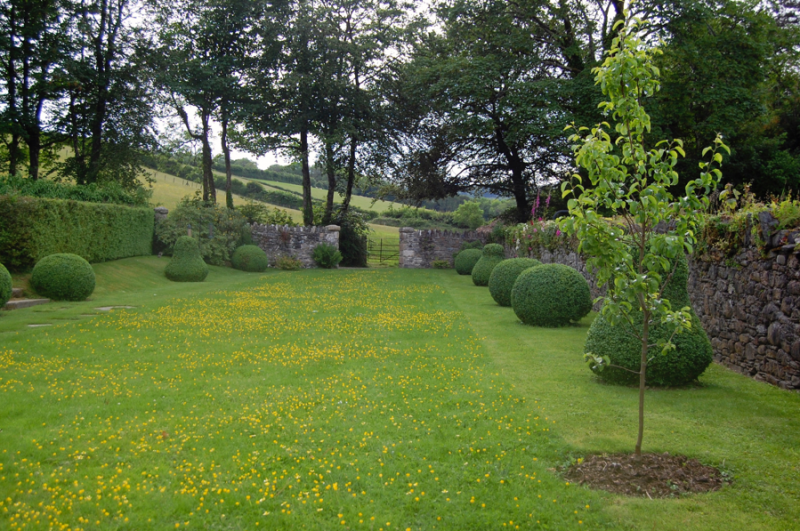
How to Create a Meadow in Your Garden
A simple guide to turning your lawn into a wildlife-friendly garden meadow
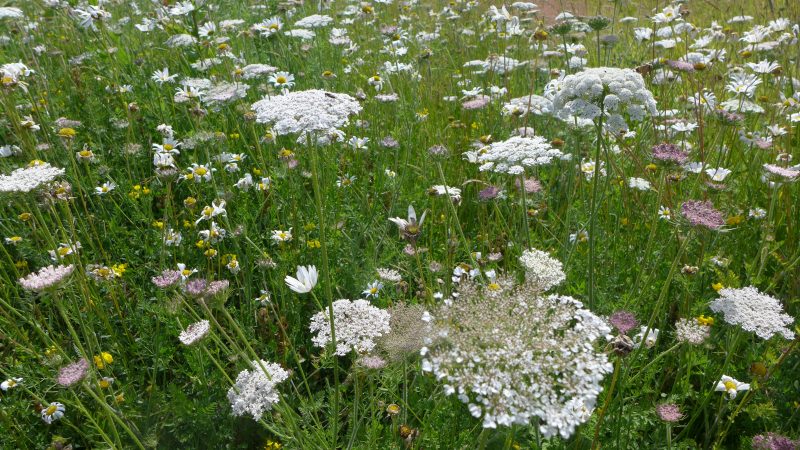
Types of Meadow
A guide to some of the different kinds of meadow you can find on Dartmoor
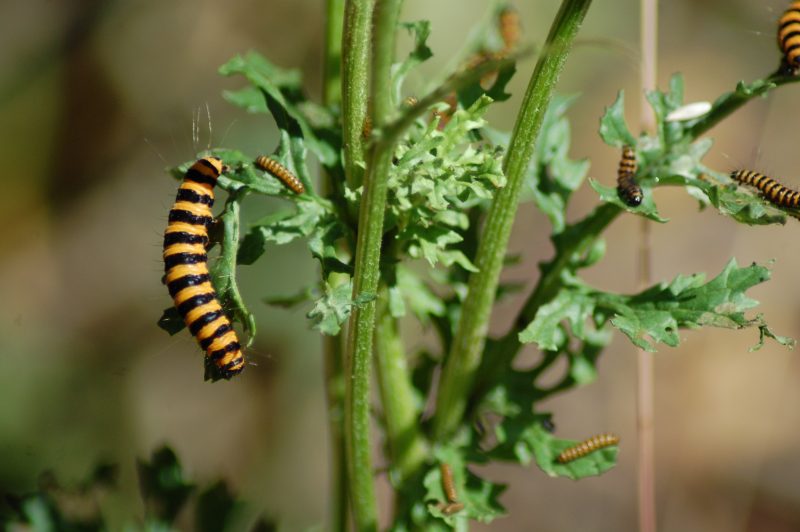
Have a Question?
What’s that plant in my meadow? When should I cut if I want to help butterflies? How can I manage my bracken problem? Has anyone got any yellow rattle seed?
